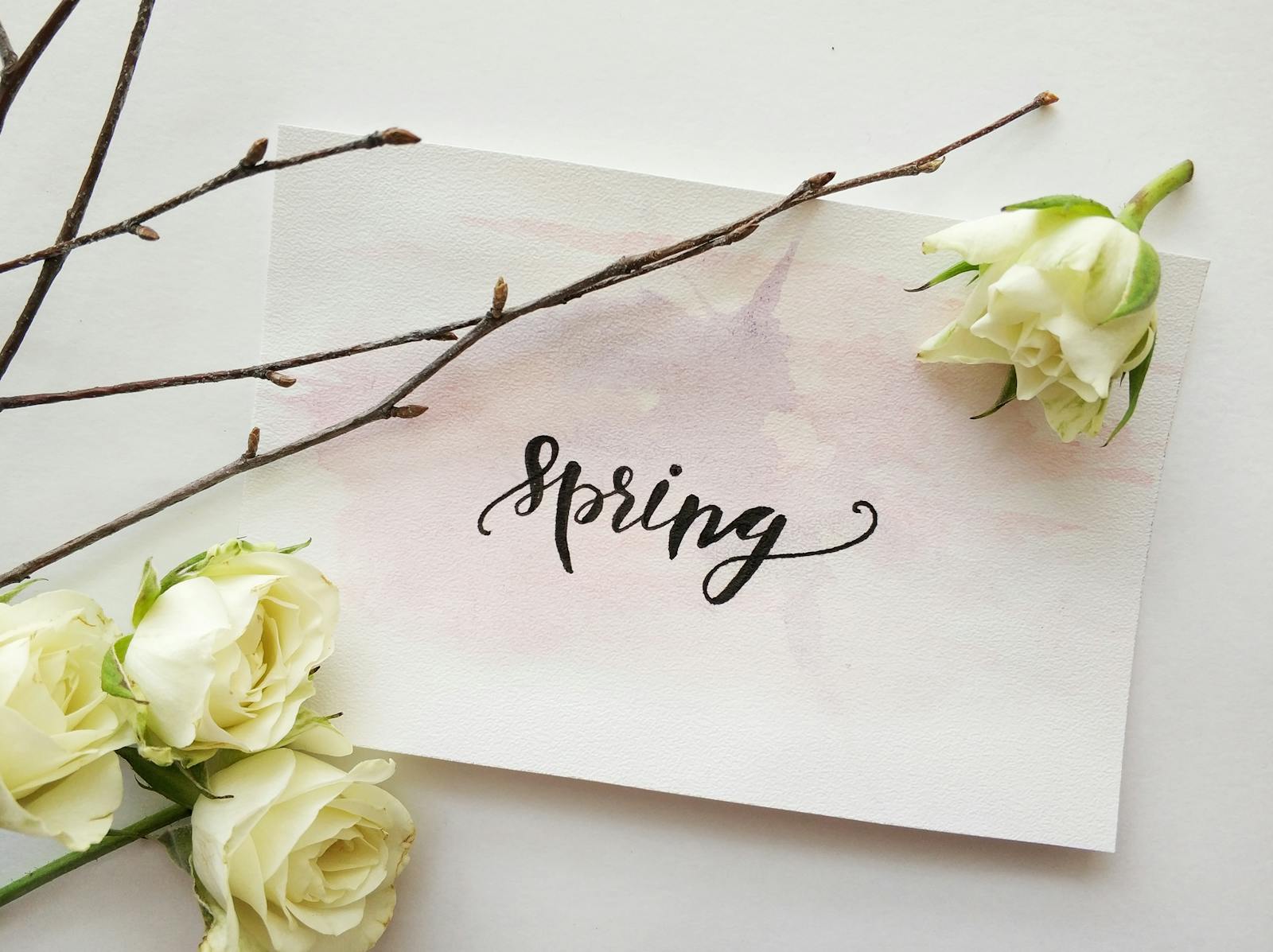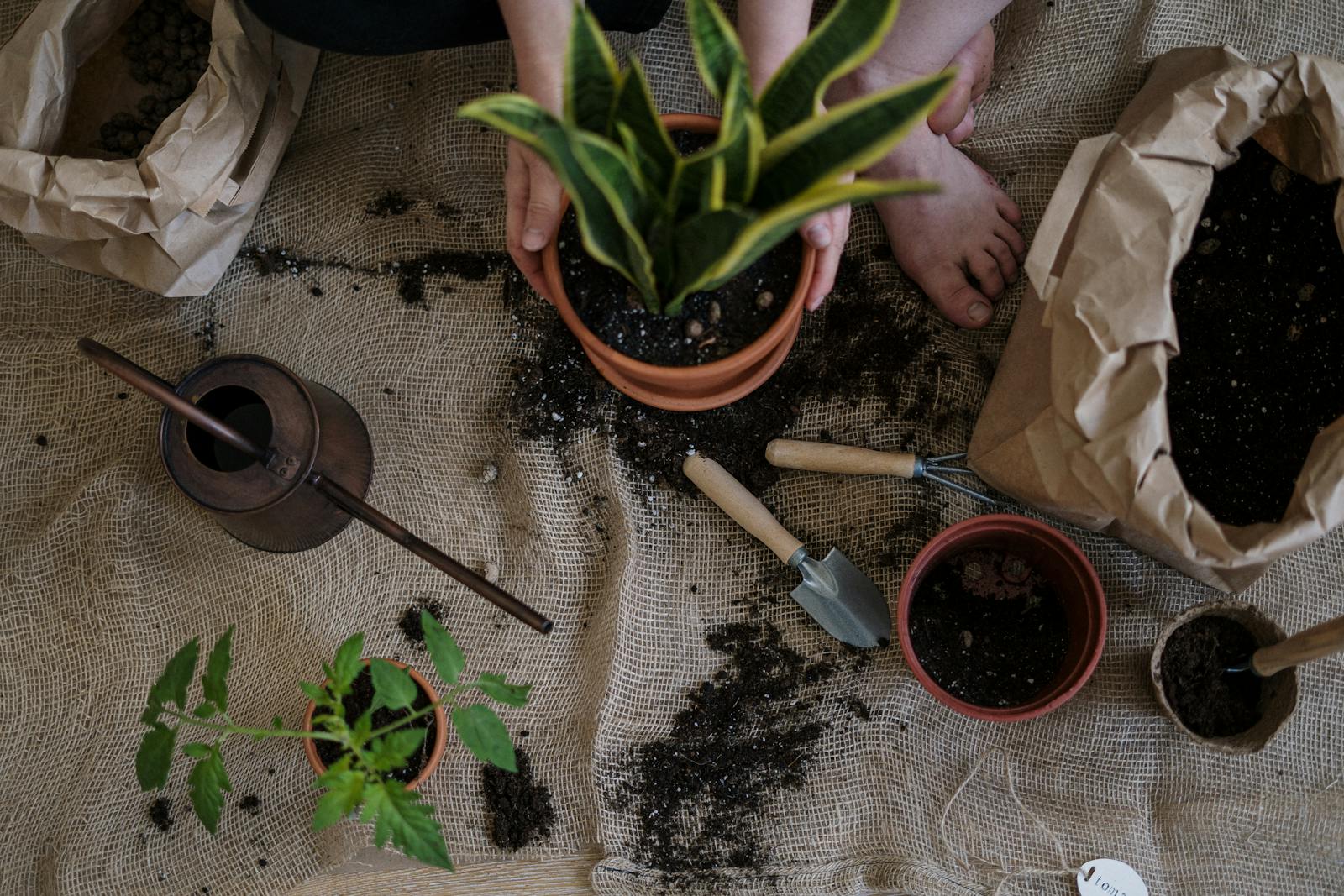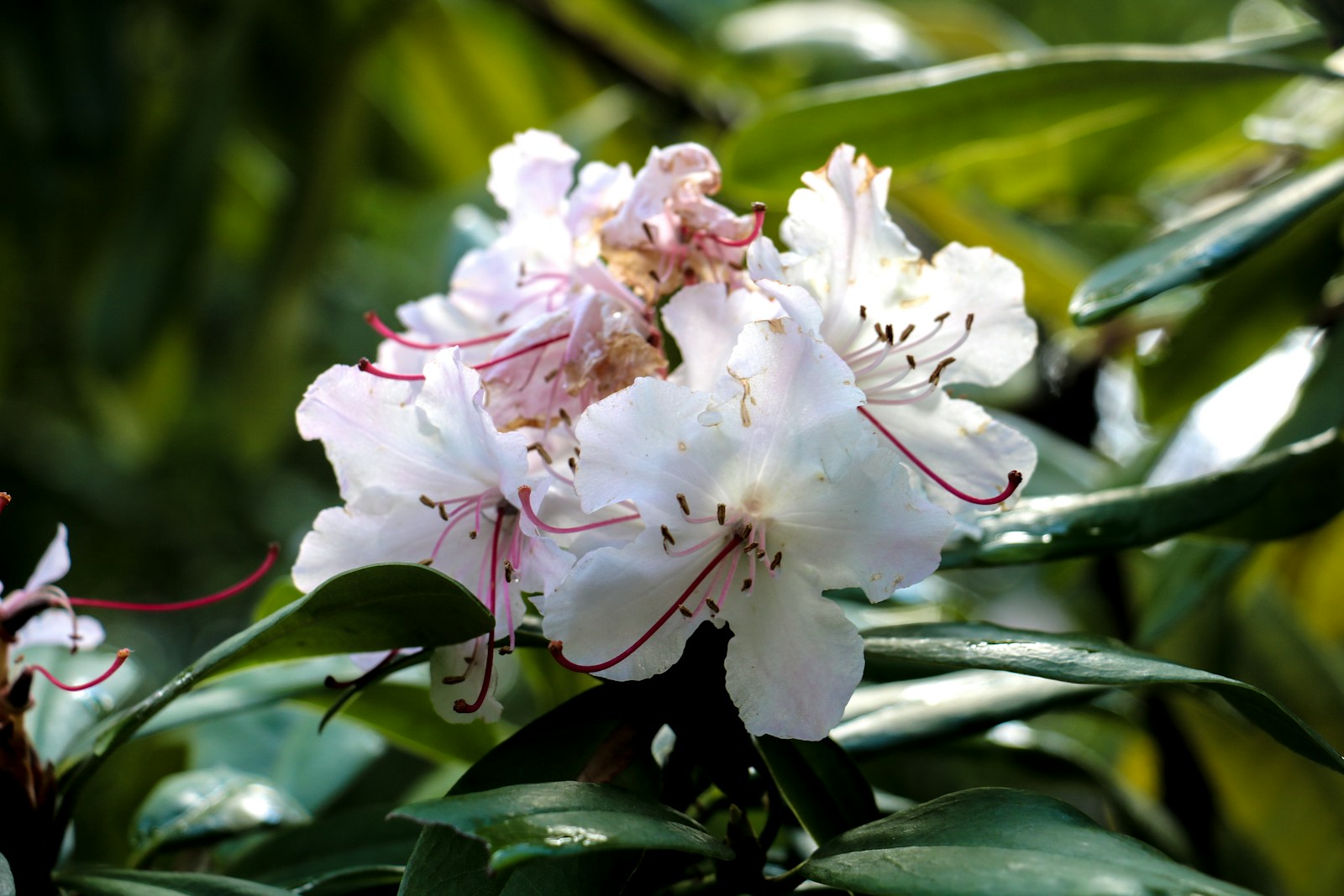Spring Planting Guide: What to Grow and When
Why Spring Is the Ideal Time to Start Planting
Spring marks a period of renewal in the garden, with longer days, warming soil, and ideal conditions for germination and growth. Whether you’re planting vegetables, herbs, or flowers, spring offers a jumpstart on the growing season.
This season allows cool-weather crops to thrive before summer heat arrives, while setting the stage for warm-season plants to establish strong roots. Planning your spring garden properly ensures better yields and fewer issues throughout the year.
With a thoughtful timeline, your garden can bloom from early spring through late fall.
Understanding Your Last Frost Date
Your last frost date determines when it’s safe to plant outdoors. Planting too early risks cold damage, while waiting too long can delay harvests. You can find this date through local extension offices or zip code-based frost calculators online.
Cool-season crops like spinach and lettuce can be planted 2–4 weeks before the last frost. Heat-loving vegetables such as tomatoes and peppers should wait until at least one week after frost danger has passed.
Knowing your frost date helps time sowing, transplanting, and seed starting accurately.
Top Cool-Season Crops for Early Spring
Cool-season vegetables thrive in lower temperatures and resist light frosts. Leafy greens like kale, arugula, and spinach are among the first to go in the ground. Root vegetables including carrots, beets, and radishes follow closely behind.
Peas, broccoli, cabbage, and onions also perform well in early spring. Start them directly in the soil or from transplants hardened off indoors.
These crops mature quickly, leaving room for summer vegetables to follow later in the season.
When to Start Warm-Season Vegetables
Warm-season crops need consistent temperatures above 55°F (13°C) to germinate and grow well. Tomatoes, peppers, cucumbers, squash, and beans fall into this category. Start them indoors 6–8 weeks before your last frost date, then transplant after the soil warms.
Direct-seed fast growers like zucchini or bush beans once nighttime temperatures remain above 50°F (10°C). Use row covers or cloches to protect young plants from surprise cold snaps.
Proper timing leads to faster establishment and a healthier harvest.
Flowers to Sow for Spring Color and Pollinators
Spring is ideal for sowing annuals and hardy perennials that support pollinators and brighten up beds. Start cosmos, marigolds, nasturtiums, and zinnias indoors or sow directly after frost. Early-blooming perennials like echinacea, columbine, and coreopsis return reliably year after year.
Plant a mix of bloom times and flower shapes to attract bees, butterflies, and hummingbirds. Many flowers also pair well with vegetables for companion planting benefits.
Adding spring blooms enhances beauty and builds a more vibrant, productive ecosystem.
Using Seed Starting to Extend Your Season
Starting seeds indoors allows you to grow a wider variety of plants and get a head start on the season. Use seed trays or recycled containers filled with quality seed-starting mix. Provide warmth and light for germination, either with a sunny windowsill or grow lights.
Begin seeding cool-season crops 6–8 weeks before the last frost, and warm-season vegetables 8–10 weeks out. Harden off transplants gradually by exposing them to outdoor conditions over several days before planting them in the garden.
This method gives you a jump on spring and boosts yields in short growing climates.
Companion Planting to Maximize Spring Space
Companion planting pairs crops that support each other’s growth. Classic combinations like carrots and onions or peas and lettuce optimize space and deter pests. Flowers like marigolds, calendula, and alyssum can also be interplanted to attract beneficial insects.
Use quick-maturing crops like radishes between rows of slower growers. Tall plants like corn can shade lettuce, extending its harvest into warmer months.
These smart pairings boost biodiversity, reduce disease, and make efficient use of your spring garden beds.
Mulching and Soil Prep for Spring Planting
Proper soil preparation sets the foundation for a successful season. Clear weeds and debris, then amend the soil with compost or aged manure. Test pH if needed and apply balanced organic fertilizer based on your crop plan.
Mulch after planting with straw, shredded leaves, or fine bark to suppress weeds, retain moisture, and regulate soil temperature. Early mulching also warms soil for faster germination and protects tender seedlings.
These practices boost plant health and reduce maintenance throughout spring and beyond.
Protecting Young Plants from Weather Extremes
Spring weather can be unpredictable, with late frosts or temperature swings. Protect seedlings with row covers, cloches, or even inverted jars. For sudden cold snaps, cover with old sheets overnight and uncover in the morning to prevent overheating.
Windbreaks using fencing, shrubs, or temporary barriers can shield delicate sprouts from damaging gusts. Water deeply before expected cold—moist soil retains more heat than dry ground.
Early investment in protection prevents setbacks and keeps your spring garden on track.
Monitoring and Adjusting for Success
Track planting dates, weather conditions, and germination progress in a garden journal or app. Monitor for pests and diseases like flea beetles or damping-off, which are common in early spring. Adjust spacing, supports, or watering as plants grow.
Success in spring planting often comes down to observation and flexibility. Responding early to problems ensures healthier plants and stronger yields later in the season.
Regular care and adjustment create a smoother, more productive spring gardening experience.
Succession Planting for Continuous Harvest
Succession planting allows you to stagger plantings of quick-maturing crops like radishes, lettuce, and spinach every 2–3 weeks. This strategy keeps your harvest going throughout spring and avoids glut periods.
As early crops finish, replant the space with another quick grower or prep it for summer vegetables. Mixing in fast crops between slower ones keeps your beds productive and fresh.
With planning, one small bed can yield several harvests over the season without wasting space or time.
Choosing Regional Varieties for Better Results
Selecting seeds adapted to your region’s climate gives plants the best chance to thrive. Look for varieties labeled as heat-tolerant, bolt-resistant, or cold-hardy based on your local conditions.
Local nurseries, seed companies, or agricultural extensions often recommend proven cultivars that perform reliably in your growing zone. Native flowers and herbs also support pollinators and adapt well to local spring shifts.
Regional selection means fewer surprises and more dependable results from your spring garden.
Starting an Herb Garden in Spring
Spring is the perfect time to begin an herb garden. Start indoors or sow directly in raised beds, containers, or windowsills. Parsley, dill, cilantro, basil, chives, and thyme are ideal for spring sowing.
Give herbs good drainage, full sun, and consistent watering. Pinch back growth to encourage bushier plants, and harvest often to stimulate production.
Homegrown herbs add flavor, fragrance, and beauty to the garden while supporting local pollinators naturally.
Feeding and Fertilizing Spring Starts
Young plants benefit from a gentle boost. Use diluted fish emulsion, compost tea, or balanced organic fertilizer every 2–3 weeks. Apply when the soil is moist and avoid splashing leaves to prevent burning.
Leafy greens may need more nitrogen, while flowering plants and fruiting vegetables benefit from phosphorus and potassium. Slow-release options can also simplify spring feeding routines.
Early nutrition sets up your plants for vigorous growth and strong harvests as the season progresses. By providing the right nutrients from the beginning, you help ensure that your plants develop robust root systems and healthy foliage. To maximize their potential, consider incorporating seasonal planting tips and tricks that tailor your approach to the unique conditions of each growing season. These strategies can further enhance plant resilience and productivity, leading to bountiful yields.
Planning Ahead for Summer Transition
Think beyond spring by setting aside space for heat-loving crops. As you harvest early greens or root veggies, prep those areas for beans, melons, or peppers. Amend the soil with compost and rotate crops to reduce disease.
Label garden areas or draw maps so you can shift plantings without confusion. Starting summer seeds indoors during late spring ensures they’re ready to transplant right on time.
This seamless transition keeps your garden full and flourishing into the hottest months.
Frequently Asked Questions
When is the best time to start planting in spring?
Start with cool-season crops 2–4 weeks before your last frost date. Warm-season vegetables should wait until after the last frost, once soil temperatures have warmed sufficiently.
Can I plant directly in the ground or should I start seeds indoors?
Both work. Direct sow hardy vegetables like carrots and peas. Start longer-season or heat-loving plants like tomatoes and peppers indoors to get a head start.
How do I know my soil is ready for planting?
Soil should be dry enough to crumble, not stick together when squeezed. Cold, wet soil can delay germination and encourage disease. Prep beds with compost and rake smooth before sowing.
What if I miss the spring planting window?
Many crops can still be sown into late spring and early summer. Succession planting and transplanting later starts can help make up for delays without sacrificing harvests.
Should I fertilize all spring crops?
Most benefit from light, balanced feeding every few weeks. Leafy greens need nitrogen; flowering plants and fruit crops benefit from phosphorus and potassium. Avoid over-fertilizing young seedlings.
© 2025 GardeningandDecor.com. All rights reserved.



